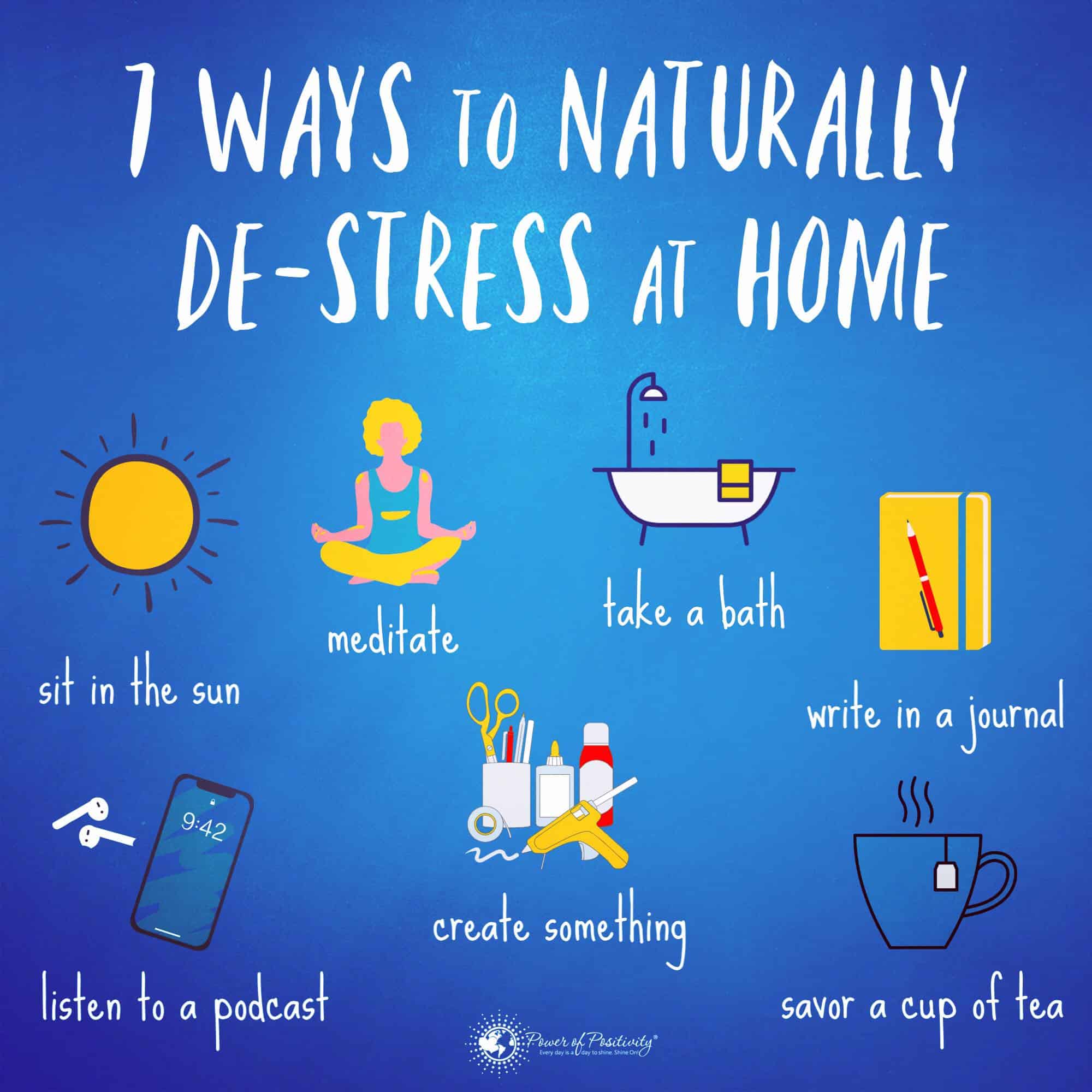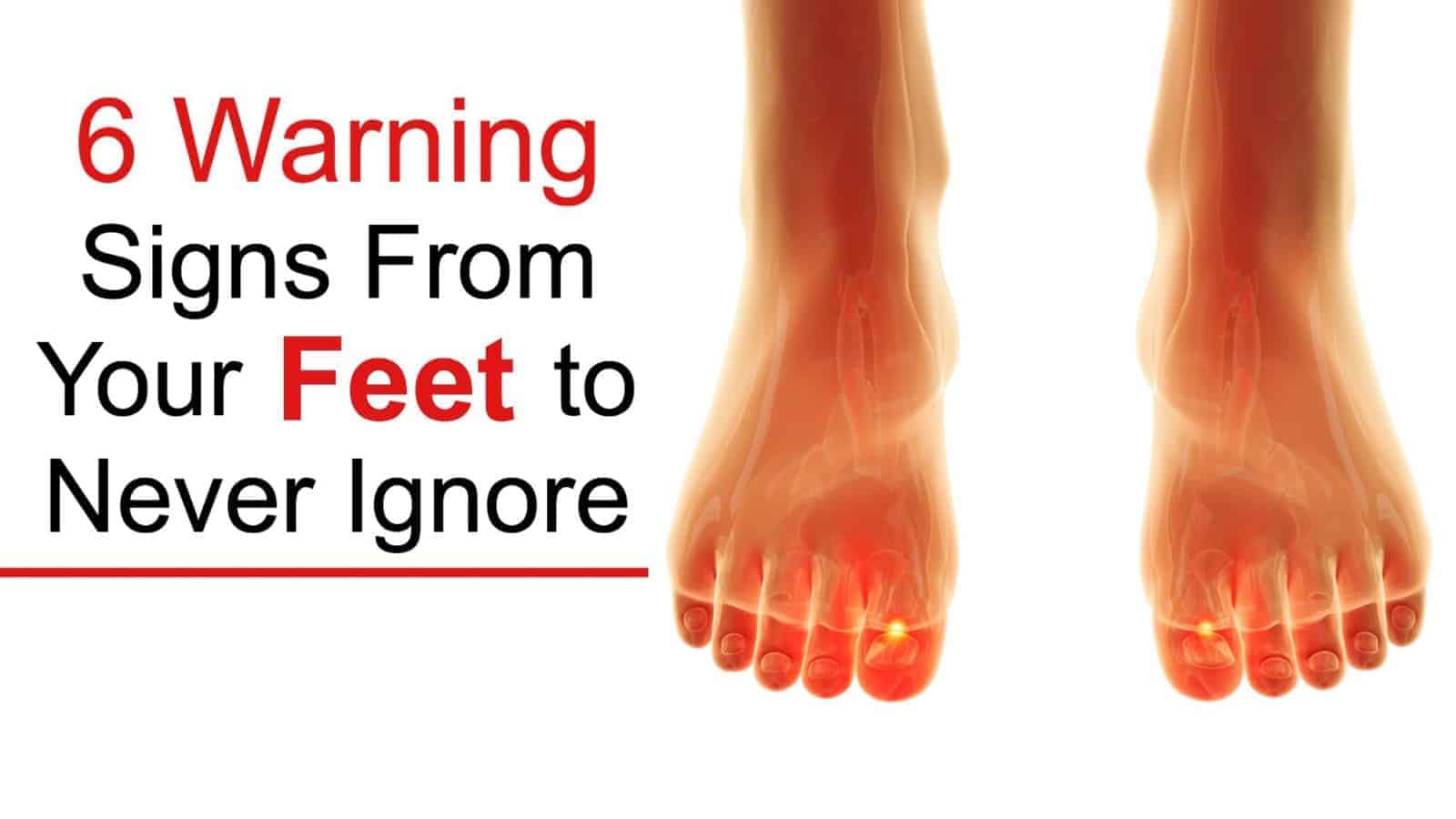“Ovarian cancer ranks fifth in cancer deaths among women, accounting for more deaths than any other cancer of the female reproductive system.” – The American Cancer Society
What is ovarian cancer?
Ovarian cancer, similar to most cancers, starts with the production and spread of irregular cells, which then spread to form a tumor. When the tumors spread outside of the ovaries, this is known as metastatic ovarian cancer. While believed at one time to develop within the ovaries, recent evidence demonstrates that many types of ovarian cancer originate within the fallopian tubes (more on this later.)
Per the American Cancer Society, in the year 2018:
- Over 22,200 women will receive a diagnosis of ovarian cancer.
- Over 14,000 women will die from ovarian cancer within the year.
The odds of a woman being diagnosed with ovarian cancer are about 1 in 78, while the odds of dying from it are about 1 in 108. Because ovarian cancer disproportionately affects older women, women over the age of 63 make up half of the total cases.
In this article, we are going to discuss the major points of ovarian cancer – including causes, types, symptoms – and ten things to know about ovarian cancer that may save your life!
What causes ovarian cancer?
Unfortunately, doctors and scientists aren’t sure as to what causes ovarian cancer, though the latest research may provide some insight. Experts now know, for example, that it originates in the ends of the fallopian tubes. Such knowledge paves the way for new and improved research studies and, hopefully, more effective diagnosis and treatment.
While more research is needed, a few promising theories exist as to the cause(s) of ovarian cancer:
- As taking birth control pills and becoming pregnant lower the risk of ovarian cancer, researchers believe there to be a connection between egg release (ovulation) and cancer risk.
- Androgens (male hormones) may cause ovarian cancer.
- Certain types of ovarian cancer may result from genetic mutations of the BRCA1 and BRCA2 genes.
- Since surgical practices such as hysterectomy and ligation decrease risk, researchers posit that certain cancer-causing materials are acquired vaginally, transferring through the fallopian tubes and uterus before penetrating the ovaries.
The Scoop on Gene Changes
Have you ever wondered why you have certain features from your Mom others from your Dad, and maybe some others from your grandparents? Well, as you may know, we carry 23 pairs of chromosomes, one from each parent; who have 23 pairs of chromosomes from each of their parents, and their parent’s parents, and so on.
Genetic instructions, e.g. chromosomal DNA, are randomly assigned, which is why you resemble that of a genetic potluck.
Anyways, the point is that our appearance (mostly genes-based), behaviors (genes and environment), and other attributes depend on what genes are given to us and which genes are “expressed” (turned on) or “repressed” (turned off). The same concept applies to an inherited genetic mutation – or “permanent alteration in the DNA sequence … that … differs from most people.”
This is one of several cancer types where a person can inherit faulty genes, predisposing the person to the condition. Besides inheritance, gene changes can be acquired throughout life, i.e. acquired mutation.
Other cancers that may develop from heritable genetic mutations include:
- Bowel cancer
- Breast cancer
- Eye cancer (retinoblastoma)
- Kidney cancer
- Melanoma
- Ovarian cancer
- Pancreatic cancer
- Prostate cancer
- Thyroid cancer
- Womb cancer
Ovarian Cancer Types
There are six general types of ovarian cancer, each classified according to the location of the ovary from which cancerous cells originate. These include:
Epithelial ovarian cancer – The most common type, makes up 90 percent of all tumors. Epithelial ovarian cancer arises in the surface tissue of the ovary. The five subcategories of epithelial ovarian cancer are clear cell, endometrioid, mucinous, serous, and undifferentiated.
Fallopian tube cancer – Cancer of the fallopian tube accounts for just 1 in 100 (one percent) of all ovarian cancer cases. The fallopian tube links the ovaries to the uterus, where the egg settles upon fertilization.
Granulosa tumor – Granulosa tumor of the ovary accounts for about 5 percent of all ovarian cancer cases. Granulosa tumors first develop in the stroma, or sex cords. There are two types of granulosa tumors: functioning and non-functioning. Functioning tumors produce estrogen, whereas the non-functioning tumors do not.
Ovarian teratoma – A rare type of germ cell tumor, teratomas are rare and are diagnosed during the reproductive years. Teratomas mostly affect girls and women in their early 20s. Ovarian teratomas can be either “mature” or “immature”; the former is non-cancerous (benign) while the latter is cancerous.
Peritoneal cancer – Primary peritoneal cancer (PPC) resembles epithelial cancer. The peritoneum is a thin surface tissue that layers the abdomen and abdominal organs, including the bowel and liver. PPC is rare and develops in 5 to 15 percent of women with advanced ovarian cancer.
Borderline ovarian tumors – Borderline tumors form in the peritoneum. Borderline ovarian tumors contain non-cancerous cells and are usually successfully removed with surgery.
Ten things to know about ovarian cancer
Here are ten things to know about this cancer that may save your life.
1. There are known risk factors
Factors that increase one’s risk of ovarian cancer include:
- A previous diagnosis of breast, colon, or uterine cancer
- Being between the ages of 55 and 70.
- Endometriosis, a tissue disorder affecting the uterus and (possibly) pelvic organs.
- Fertility issues, particularly those causing frequent menstrual cycles
- Genetic predisposition for ovarian cancer
- Mutations of the genes BRCA1 or BRCA2
- No past pregnancy
- Use of synthetic hormones or fertility drugs
- Obesity
Of all known risk factors, age is the most highly correlated with its development. If you have one or more risk factors for ovarian cancer, please see a specialist.
2. Though symptoms may be evasive, they last a while
If there is an aspect of ovarian cancer symptoms that distinguish it from more benign conditions, it would be how often they occur. Severe abdominal pain, for example, may occur as often as 12 days out of the month.
Other symptoms that may persist include back pain, constipation, abdominal swelling, fatigue, menstrual changes, and upset stomach.
3. No reliable means of testing for ovarian cancer exists
Sadly, there is not a single reliable means of detecting ovarian cancer. Ultrasounds and certain blood tests are not effective at finding ovarian cancer in the early stages when it is most critical. In late 2016, the Food and Drug Administration (FDA) advised women against using so-called “ovarian cancer screening tests,” saying that they provide little to no benefit.
4. Genetic counseling may be a good idea
Genetic counselors work with people to identify heritable diseases, advising them on means of management, prevention, and other issues. A genetic counselor can help determine, if you don’t already know, any gene mutations that may increase your risk of cancer.
Per the National Cancer Institute, 39 percent of women who inherit the BRCA1 mutation and 11-17 percent of women with the BRCA2 mutation develop ovarian cancer before age 70. A genetic counselor may be able to reduce this, and other risks associated with ovarian cancer.
5. Removal of fallopian tubes can reduce risk
Many doctors recommend the removal of the fallopian tubes as an effective means of cancer prevention, particularly for women who don’t plan on having more children. The procedure, known as a salpingectomy, may reduce the risk of severe ovarian cancer – that which originates in the distal ends of the fallopian tubes – by up to 65 percent.
6. See a “gynecologic oncologist”
Gynecologic oncologists (GOs) specialize in the diagnosis and treatment of female reproductive organs. GOs are educated in the fields of gynecology – the health of the female reproductive system – and oncology, the study and treatment of cancer.
Not only are GOs highly qualified, but studies also show that women diagnosed with achieve much better health outcomes under the supervision of a GO rather than a general surgeon, and marginally better outcomes than under the care of a gynecologist.
7. Infertility is linked with increased ovarian cancer risk
A 2004 observational study concluded that women undergoing fertility treatments are likely at an increased risk.. Of the 12,000 patients studied, women with the highest risk were those with endometriosis and primary infertility. Due to the study’s findings, researchers are in the advanced stages of researching the association between endometriosis and ovarian cancer risk.
8. Lifestyle changes may ward off ovarian cancer
Adi Davidov, the director of gynecology at Staten Island University Hospital in Staten Island, New York says, “There are multiple studies showing that a low-fat diet can be beneficial” in reducing the risk of ovarian cancer. A diet consisting of fresh fruits and vegetables, lean protein, and plant-based foods may be particularly advantageous.
Maintaining a healthy weight and regular exercise may also reduce the risk of cancers.
9. Think twice before using Clomid.
Clomid (clomiphene citrate), a prescription medication used to stimulate ovulation, increases the odds of conception in women with fertility issues. Research shows, however, that taking Clomid increases your risk. Evidence to this effect is convincing enough that many doctors limit the amount of time they prescribe the medication.
10. Taking birth control pills lowers your risk
Research shows that taking oral contraceptives (birth control pills) decreases your risk. Women who use birth control pills over five or more years have about a 50 percent lower risk compared to women who have never taken contraceptives. It is advisable to ask a medical professional about the potential risks and benefits of contraceptive use.
Ovarian cancer symptoms
Symptoms – or the lack thereof – is the main reason why most women don’t recognize it in the early stages. Additionally, even advanced-stage cancer may not produce severe enough symptoms to warrant a visit to the doctor. Only 20 percent of this cancer patients obtain a diagnosis in the early stages.
Per a study conducted by the World Ovarian Cancer Coalition, women with ovarian cancer take an average of 13 weeks to visit a doctor upon initial exposure to symptoms. Also according to this study, it takes approximately 37 weeks for women to receive a diagnosis.
Symptoms often mimic noncancerous conditions, and include:
- Abdominal bloating and pain
- Fatigue
- Feeling extremely full after eating
- Frequent urination; increased urge to urinate
- Inability to eat
- Indigestion
- Heartburn
- Menstrual irregularity
- Pain during intercourse
Final Thoughts on Things to Know about Ovarian Cancer That Can Save Your Life
Of course, you shouldn’t worry about having one of the above symptoms once in a while. However, if you have several of them and they continue without lessening or dissipating, schedule an appointment with your doctor. Certainly, to be forewarned is to be forearmed, as they say. This also applies for adopting lifestyle habits that can reduce your risk. Keep a positive mindset as you continue to educate yourself about possible risks in order to maintain a healthy lifestyle.











